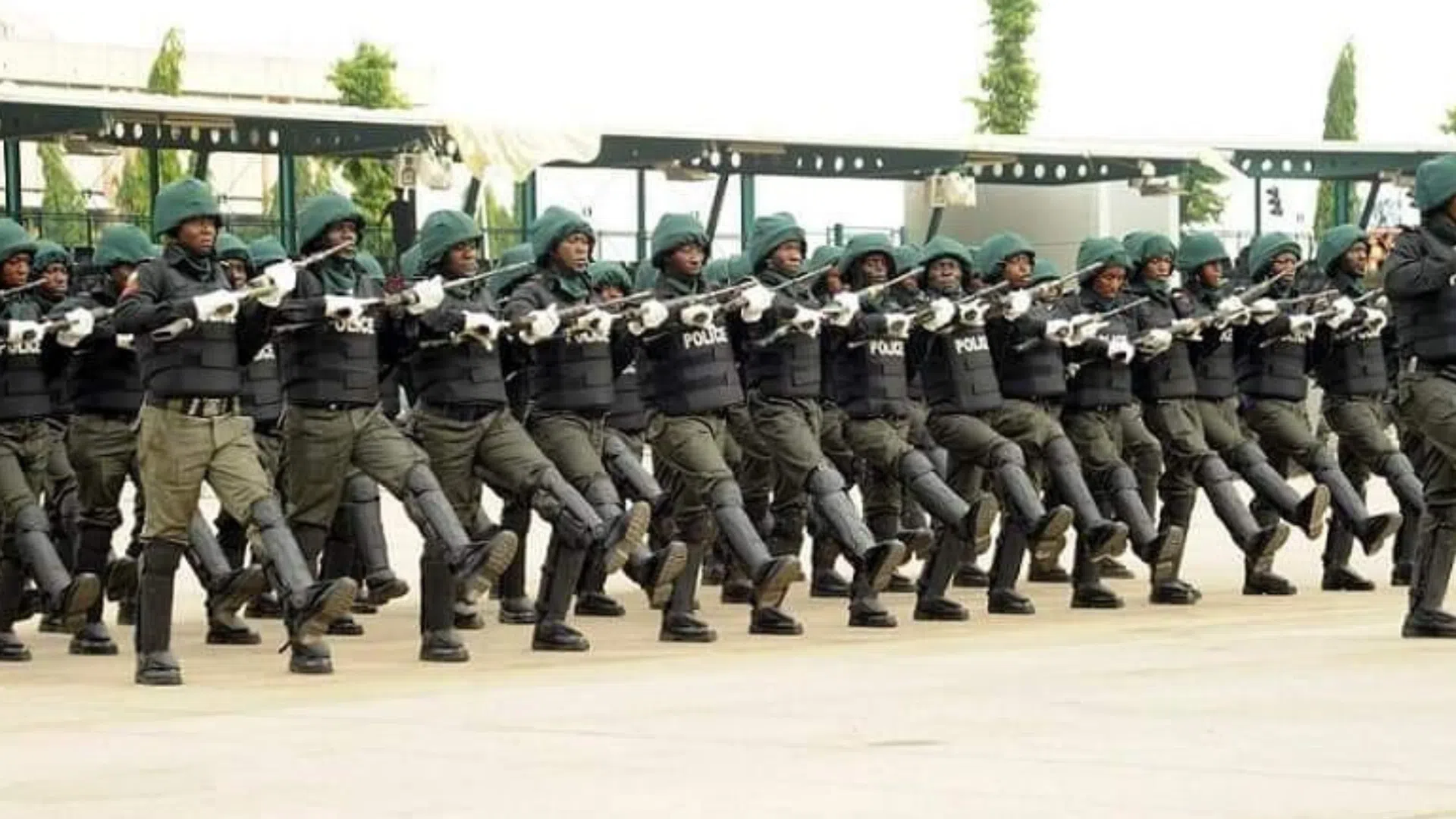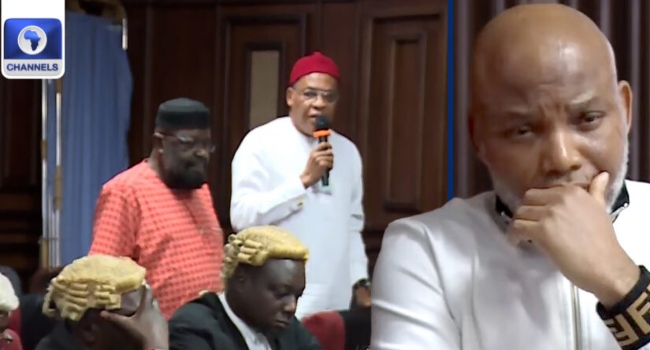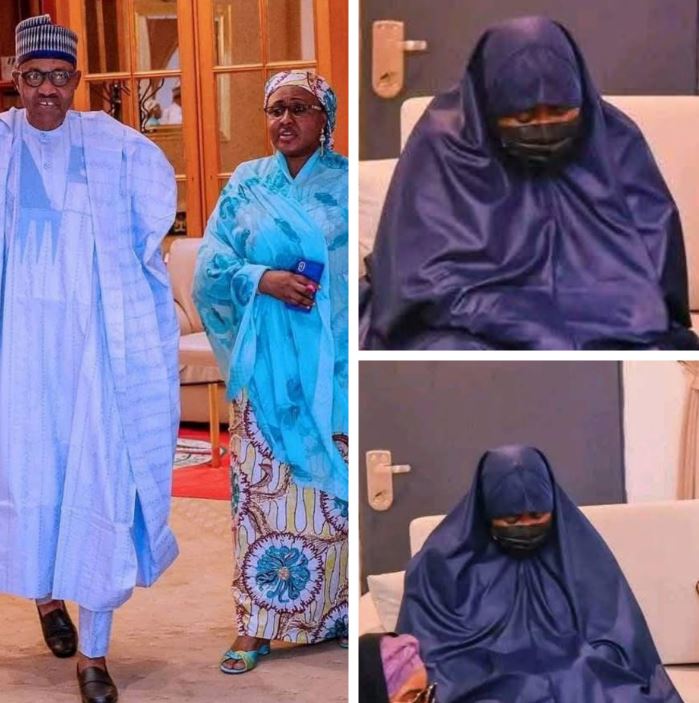
The PPPRA is the government agency that regulates the prices of petroleum products in the country and its template has always offered insights into how the pricing of these products are determined by the regulators. As of December 28 last year, the official pricing template for petrol by the PPPRA showed that the Federal Government subsidised the product by N6.45 per litre. The Expected Open Market Price at that time was N93.45, which was N6.45 higher than the then retail price of N87 per litre.
On the revised template, the Estimated Open Market Price set by the regulator is now N84.78 for NNPC fuel stations and N85.1 for stations run by other oil marketer companies. The EOMP is the summation of the landing cost of petrol and subtotal margins. Such margins include transporter’s cost, dealer’s charge, bridging fund, administrative charge, etc. Our correspondent said that the EOMP, therefore, is the true cost of the product.
Before the release of the revised template, the EOMP was usually higher than the retail/pump price of petrol at filling stations. The difference between the retail price and the EOMP was what the Federal Government paid as subsidy to oil marketers.
However, the new EOMP is lower than the retail price of N86.5, which was set by the Federal Government as the amount at which petrol should be sold nationwide. The implication is that Nigerians are paying an extra N1.4 for the commodity whenever they buy PMS at non-NNPC run petrol stations and N1.22 extra for every litre of petrol bought at NNPC-run filling stations.
On the extra amount paid by consumers for the commodity, the Group General Manager, Corporate Planning and Strategy, NNPC, Mr. Bello Rabiu, while explaining the template, told our correspondent that the negative subsidy would be remitted to the Petroleum Support Fund in line with the PPPRA guidelines. He said:
“The savings under such a regime could be domiciled in the PSF as a buffer to fund future subsidy (if any) that may arise during high oil price regime or invested by the industry in supply and distribution efficiency improvement projects such as decongestion of Apapa area, Single Point Monitoring in Port Harcourt and Warri, complimentary rail services, inland waterways, etc.”
The PPPRA, after getting approval from the Federal Government, had announced last Tuesday that retail filling stations belonging to the NNPC would from Friday, January 1, 2016 sell petrol at N86 per litre, while other oil marketers would sell the commodity at N86.5 per litre.
The Executive Secretary, PPPRA, Mr. Farouk Ahmed, while announcing the new price of PMS in Abuja, had told journalists on Tuesday that the reduction in the price of the commodity was due to the implementation of the revised components of the petroleum products pricing template for PMS and House Hold Kerosene.
He said the template would be reviewed on a quarterly basis as it was geared towards ensuring an efficient and market-driven price that would reflect current realities. Ahmed had said:
“Since 2007, while crude oil price had been moving up and down, the template has remained the same. This made it necessary for us to introduce a mechanism whereby the template would be sensitive to the price of crude oil.
“However, the template is not static, as there would be a quarterly review and if there is any major shift, the Minister of State for Petroleum Resources would be expected to call for a review, either upwards or downwards.
If there is no major shift, the price would continue from January to March 2016. In addition, there would be a Product Pricing Advisory Committee that would be set up to advice the PPPRA concerning movements in the price of crude oil.”
On why the NNPC sold at a lower price than other oil marketers, Ahmed explained that it was due to the fact that it was cheaper for the corporation to import products, compared to the independent and major oil marketers. Some oil marketers had told our correspondent that although it was possible to sell PMS at a “reduced price”, Nigerians might not be ready to absorb future fluctuations or modulations in the pump price of petrol.
The Corporate Affairs Manager, NIPCO PLC, an oil marketing firm, Mr. Lawal Taofeeq, said:
“It is possible, but the issue that government needs to understand is that, should there be fluctuation in price, are Nigerians ready to absorb it? If the price of crude oil should go up again, will Nigerians be ready to pay the resultant increased cost for petrol? Thus, there is need for adequate education in this matter.”
The Minister of State for Petroleum Resources, Dr. Ibe Kachikwu, on December 27 last year, had told journalists in Kaduna that the government was currently not paying subsidy on petrol.
“Today, there is no subsidy; we are selling the product at N87; in January, we will look at what the trend is, we will announce (a new) price if that is less than N87; we will announce it and if it is more than that, we will have to announce it,” the minister, who also doubles as the Group Managing Director of the Nigerian National Petroleum Corporation, had said.




















